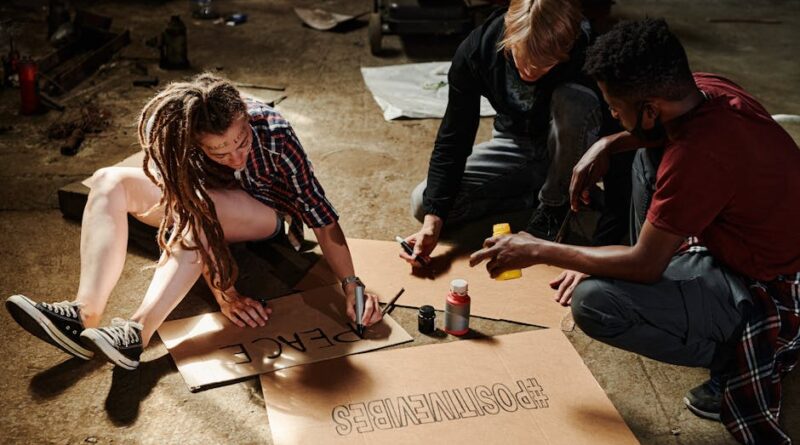Creating Art that Sparks Dialogue
Art has always been a powerful means of communication, capable of transcending language barriers and cultural boundaries. When art is created with the intention of sparking dialogue, it takes on a whole new dimension of significance. It becomes a catalyst for conversations, a mirror reflecting society, and a tool for social change. In this article, we will explore the fascinating world of creating art that sparks dialogue, delving into its various aspects, significance, and impact.
The Power of Art in Starting Conversations
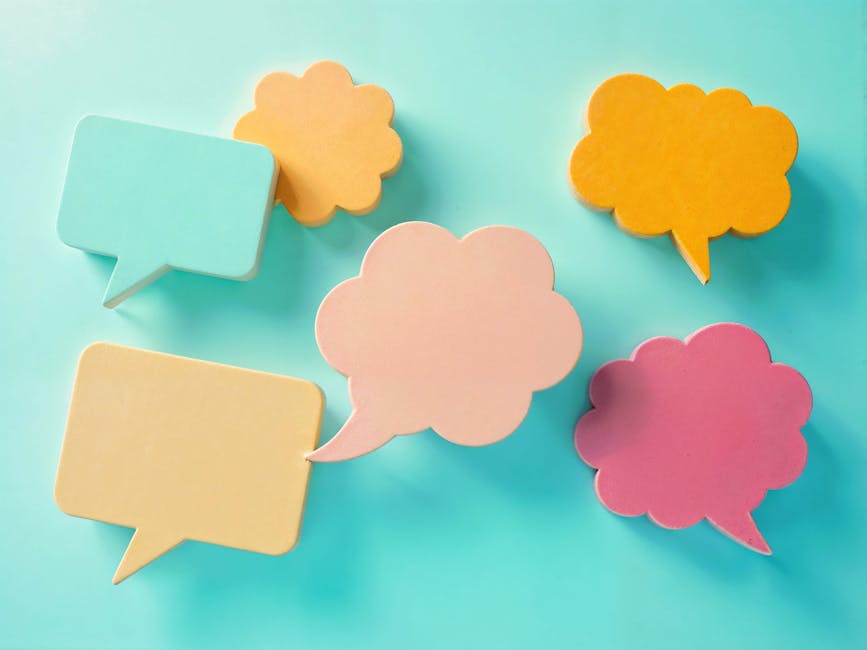
Art has a unique ability to evoke emotions, provoke thoughts, and challenge perceptions. When artists intentionally create pieces that address social, political, or cultural issues, they invite viewers to engage in meaningful discussions. Take, for example, the iconic painting “Guernica” by Pablo Picasso, which depicts the horrors of the Spanish Civil War. Through this powerful artwork, Picasso sparked conversations about the impact of war and violence on innocent civilians, igniting a movement against such atrocities.
Similarly, contemporary artists like Banksy use street art to address issues such as inequality, environmental destruction, and political corruption. His thought-provoking murals serve as visual statements that challenge the status quo and prompt viewers to question the society they live in. By creating art that sparks dialogue, artists can amplify voices, raise awareness, and inspire change.
The Role of Art in Social Change
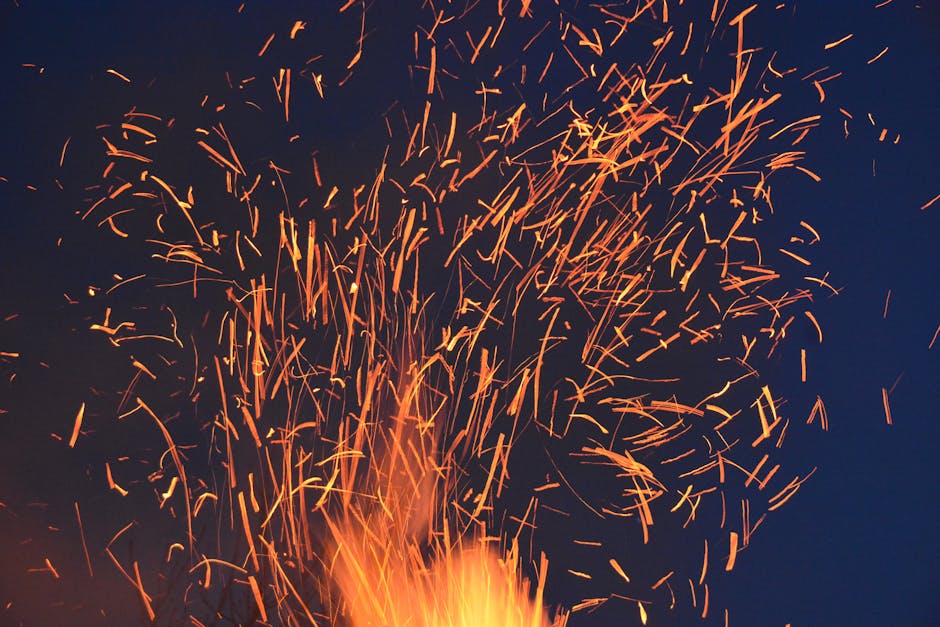
Art has played a crucial role in driving social change throughout history. From the civil rights movement to the feminist movement, artists have used their creativity to advocate for justice, equality, and human rights. The Black Lives Matter movement, for instance, has seen a surge in artistic expression, with murals, songs, and performances serving as powerful tools for protest and solidarity.
Artists have the power to challenge norms, subvert stereotypes, and amplify marginalized voices through their work. By creating art that sparks dialogue, they can bring attention to pressing social issues and mobilize communities towards collective action. Art has the potential to transcend boundaries, unite people, and inspire positive change in the world.
The Intersection of Art and Activism
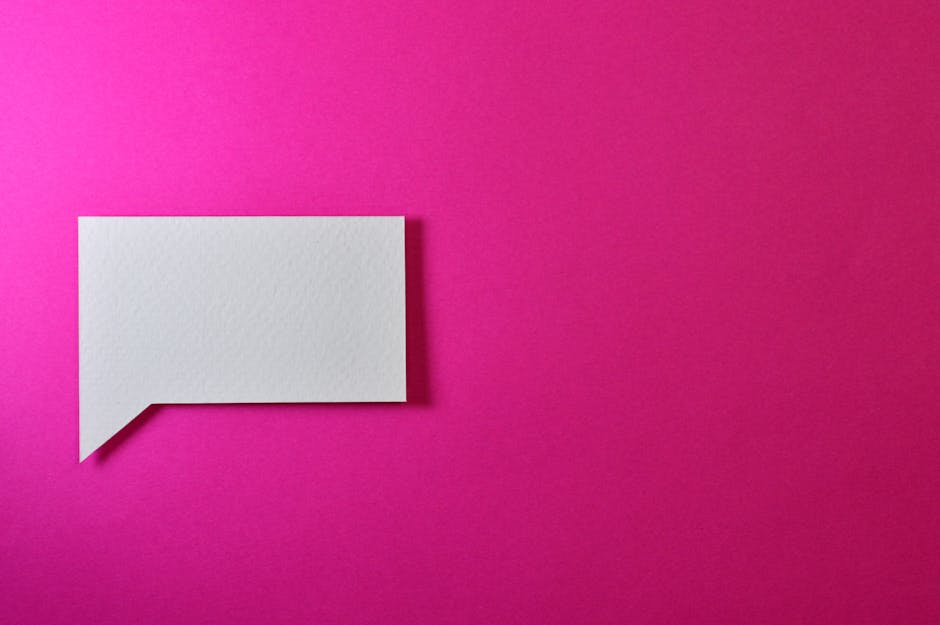
Art and activism have long been intertwined, with artists using their creative talents to advocate for social and political causes. The concept of artivism, or art activism, involves using art as a medium for activism and social change. Through performances, installations, protests, and other forms of artistic expression, artivists seek to raise awareness, provoke thought, and incite action.
Artivism encompasses a wide range of practices, from street art and graffiti to performance art and guerrilla theater. Artists like Ai Weiwei, Yoko Ono, and JR are known for their powerful artivist works that challenge authority, demand justice, and give voice to the marginalized. By creating art that sparks dialogue, artivists can bring attention to pressing issues, mobilize communities, and effect real change in society.
The Ethics of Provocative Art
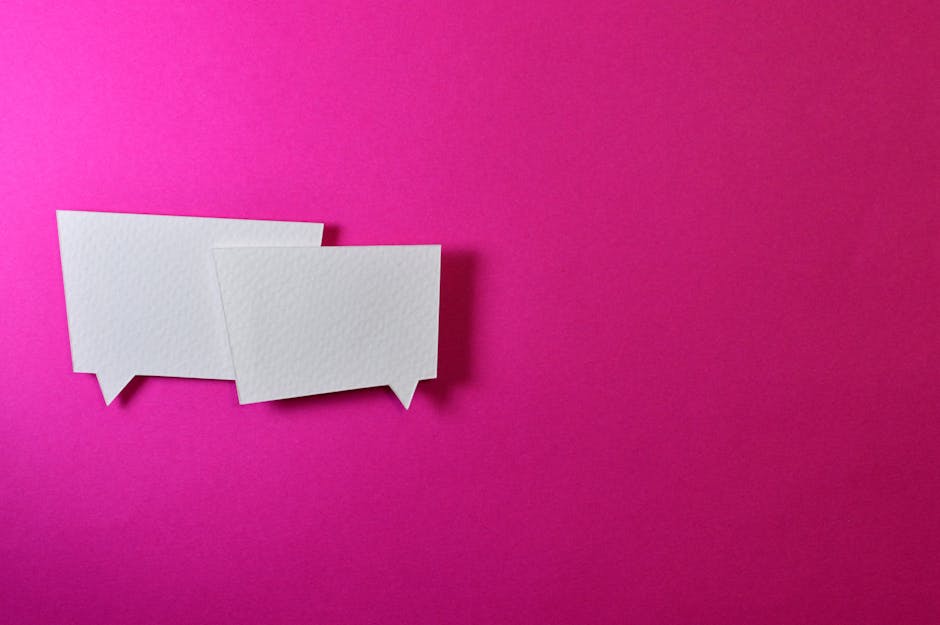
While art that sparks dialogue can be a powerful tool for social change, it also raises questions about ethics, responsibility, and the impact of provocative imagery. Artists walk a fine line between pushing boundaries and causing harm, especially when their work addresses sensitive or controversial topics. The debate around censorship, cultural appropriation, and trigger warnings in art continues to be a contentious issue.
It is important for artists to consider the ethical implications of their work and its potential consequences on viewers. Creating art that sparks dialogue should not come at the expense of causing harm or perpetuating stereotypes. Artists must navigate these complex ethical considerations with care, empathy, and a deep understanding of the power dynamics at play in the art world.
The Future of Art and Dialogue
As technology advances and society evolves, the ways in which art sparks dialogue are also changing. Digital art, virtual reality, and interactive installations are opening up new possibilities for engaging audiences and creating immersive experiences. Artists are harnessing the power of social media, online platforms, and virtual communities to reach a wider audience and spark meaningful conversations.
The future of art and dialogue lies in embracing innovation, embracing diversity, and fostering inclusivity. Artists are increasingly collaborating across disciplines, cultures, and borders to create art that transcends traditional boundaries and challenges conventional norms. By leveraging technology, social media, and community engagement, artists can continue to push the boundaries of creativity and spark dialogue on a global scale.
Common Misconceptions about Art that Sparks Dialogue
One common misconception about art that sparks dialogue is that it is only relevant in political contexts. While political art is a significant aspect of creating art that sparks dialogue, it is not the only one. Art can address a wide range of issues, including social justice, environmental sustainability, mental health, and cultural identity. By expanding our understanding of what constitutes meaningful dialogue, we can appreciate the diverse ways in which art can impact society.
Conclusion
Creating art that sparks dialogue is a powerful tool for social change, activism, and community engagement. Artists have the unique ability to provoke thought, challenge perceptions, and inspire action through their creative expressions. By addressing pressing social issues, amplifying marginalized voices, and advocating for justice, artists can create a more equitable and inclusive world.
As we look towards the future of art and dialogue, it is essential to embrace innovation, diversity, and collaboration. By harnessing the power of technology, social media, and community engagement, artists can continue to push the boundaries of creativity and create impactful works that resonate with audiences around the globe. Let us celebrate the transformative power of art that sparks dialogue and strive to create a more just and compassionate world through our creative expressions.

